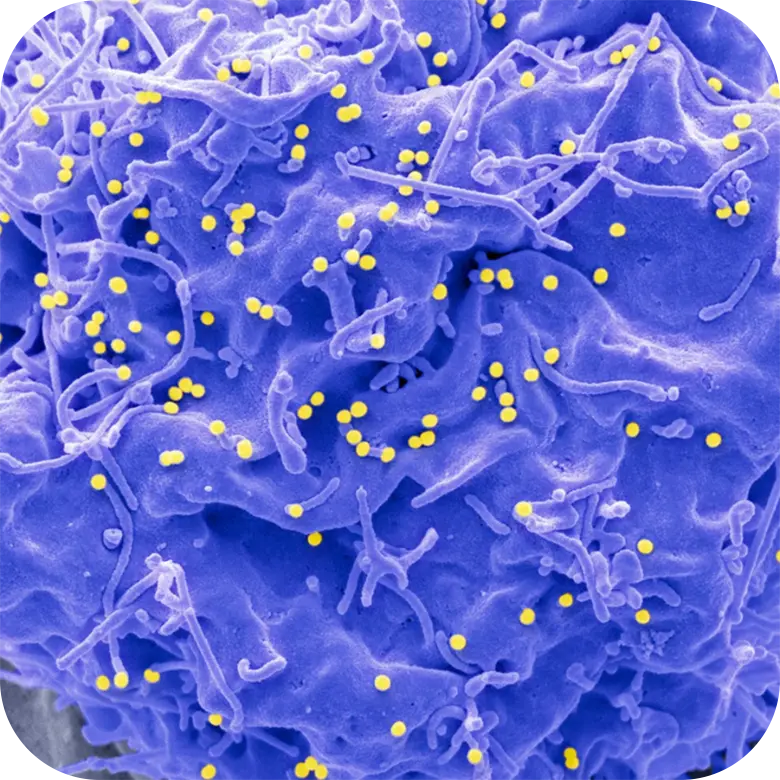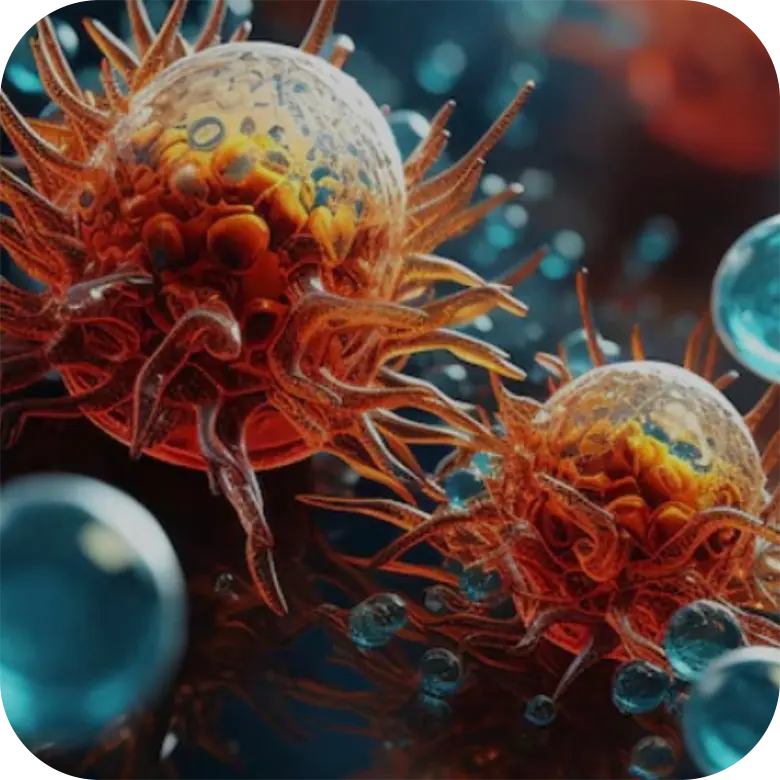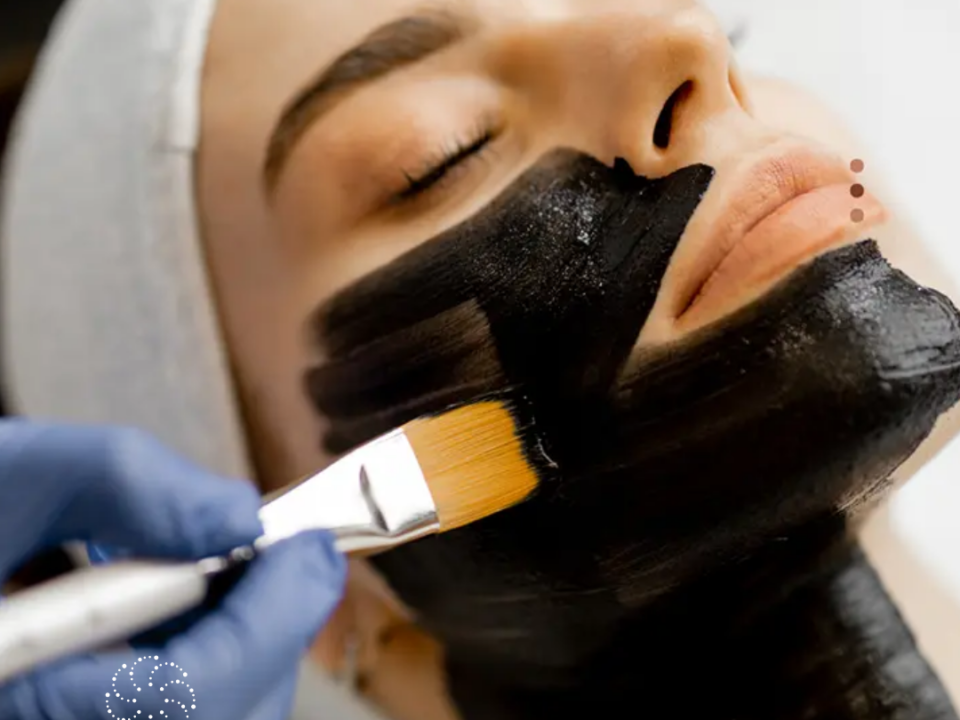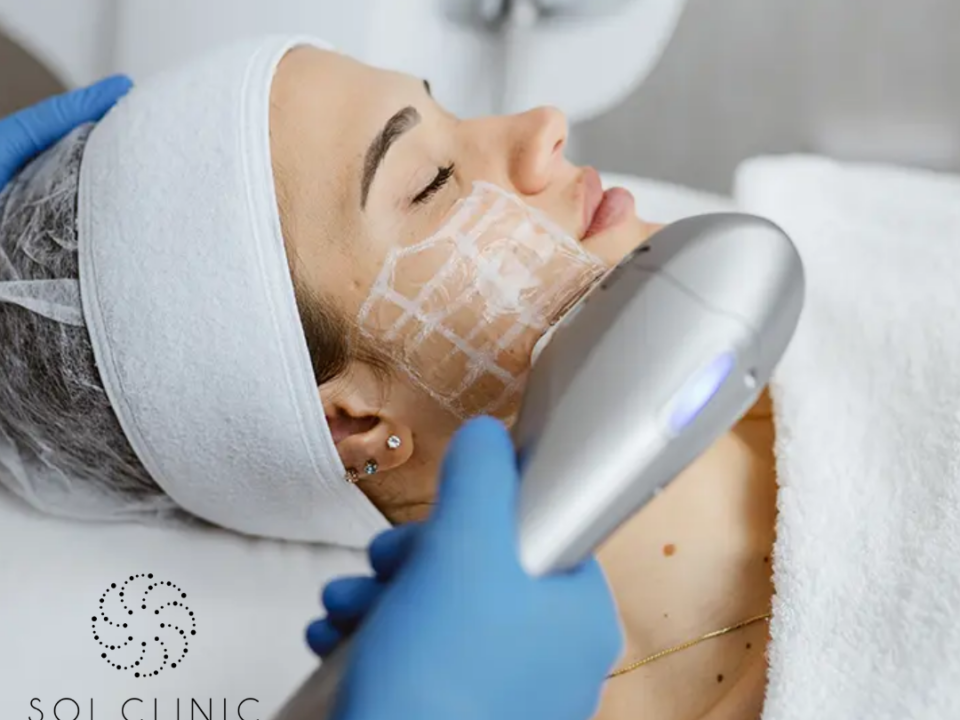Unlocking the Art of Facial Harmonisation
March 11, 2024
EXOSOMES Have You Heard of Them?
WHAT ARE EXOSOMES, AFTER ALL?
Exosomes are small vesicles found in cells, particularly in human stem cells. They contain biomolecules such as proteins, lipids, and nucleic acids and act as messengers from stem cells to other cells. They play a vital role in intercellular communication, healing, regeneration, and tissue repair.
They are not cells and do not carry any active DNA components but offer the benefits of human stem cell therapy without ethical dilemmas or the risk of cell corruption or mutation. There are high-tech exosomes that can even replicate the same molecules produced in youth during skin trauma for repair.
WHAT DO EXOSOMES DO FOR THE SKIN AND WHAT ARE THEIR BENEFITS?
Exosomes have been extensively studied for their regenerative and rejuvenating potential in the skin. They promote cell cycle regulation, stimulate collagen and elastin production, reduce inflammation, and improve skin hydration.
They can be indicated for the treatment of acne, dark circles, spots, and expression lines. Other benefits of the treatment include:
- Smoothing rough and dry skin;
- Improving skin hydration, radiance, and vitality;
- Skin lightening;
- Strengthening the skin;
- Smoothing enlarged pores;
- Reducing visible lines and wrinkles;
- Firm and toned skin;
- Enhancing skin elasticity;
- Skin regeneration;
- Strengthening and promoting hair growth.
WHICH AREAS CAN BE TREATED WITH EXOSOMES?
Exosomes can be applied to various areas of the body, including the face, eye area, neck, décolletage, hands, and scalp.
ARE EXOSOMES USED IN THE TREATMENT OF MELASMA?
Yes, exosomes have shown promise in treating melasma, a condition of skin hyperpigmentation. They help regulate melanin production and lighten affected areas, providing significant improvement in skin appearance.
HOW DO EXOSOMES ACT IN PREVENTING HAIR LOSS?
For the scalp, exosomes can stimulate microcirculation, provide essential nutrients to hair follicle cells, and regulate sebum production. This results in a healthier scalp, stimulating hair growth and reducing hair loss.
HOW MANY SESSIONS ARE NECESSARY AND WHAT IS THE INTERVAL BETWEEN THEM?
The number of sessions and the interval between them can vary depending on the individual patient's needs and treatment goals. Generally, 4 to 6 sessions are recommended, with intervals of 2 to 4 weeks between each.
HOW IS THE APPLICATION OF EXOSOMES PERFORMED?
The application can be performed in two ways: a microneedling technique that uses small needles to create micro-perforations in the skin and stimulate its regeneration process, or through subcutaneous micro-injections. These perforations allow for the effective delivery of active substances into the skin, which are absorbed more efficiently and deeply. The treatment session lasts on average 30 to 60 minutes, depending on the area to be treated.
IS THE TREATMENT PAINFUL?
Regarding pain, most patients report only mild discomfort during the procedure, which is easily tolerable.
HOW QUICKLY CAN I SEE RESULTS?
Results with exosomes can vary from person to person, but many patients begin to notice improvements in skin texture and appearance after 1 week. More significant results are usually observed after completing the treatment in a few weeks.
ARE THE RESULTS PERMANENT?
While exosomes provide significant and long-lasting results, it is important to understand that maintenance may be necessary to preserve and maximise benefits over time. The professional may recommend regular maintenance sessions, generally scheduled every 12 months, to ensure continuous results.






